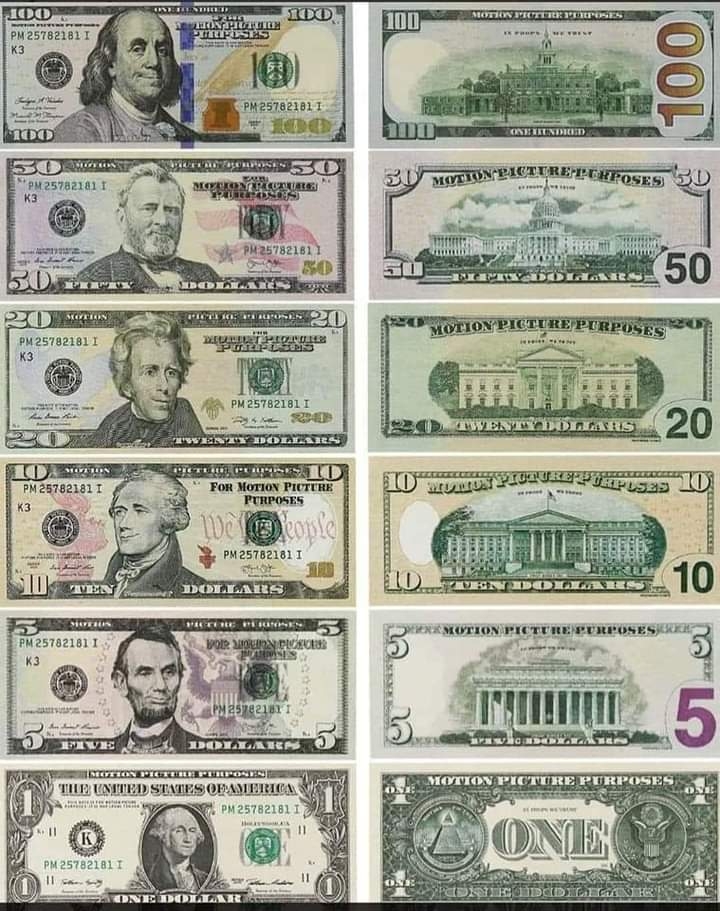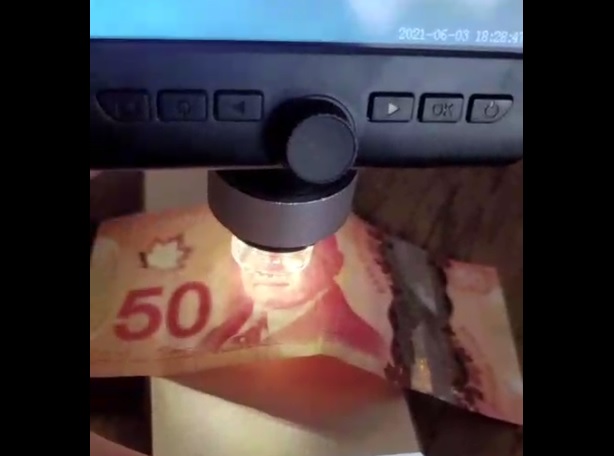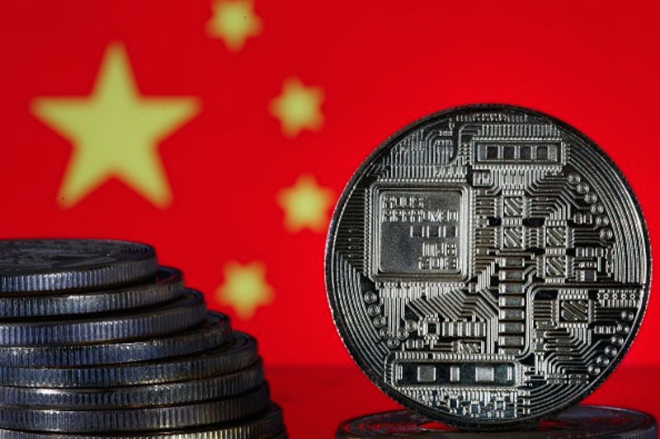Please understand what NOT using cash is doing.
Cash is important.
Why should we pay cash everywhere we can
with banknotes instead of a credit card?
- I have a $50 banknote in my pocket.
Going to a restaurant and paying for dinner with it. The restaurant owner then uses the bill to pay for the laundry. The laundry owner then uses the bill to pay the barber. The barber will then use the bill for shopping.
After an unlimited number of payments, it will still remain a $50, which has fulfilled its purpose to everyone who used it for payment and the bank has jumped dry from every cash payment transaction made...
- But if I come to a restaurant and pay digitally - Card, and bank fees for my payment transaction charged to the seller are 3%, so around $1.50 and so will the fee $1.50 for each further payment transaction or owner re laundry or payments of the owner of the laundry shop, or payments of the barber etc.....
Therefore, after 30 transactions, the initial $50 will remain only $5 and the remaining $45 became the property of the bank thanks to all digital transactions and fees.
Small businesses need your help and this is one way to help ourselves too. Pull small draws of cash out at a time and use that instead of tap, credit, etc.
When this is put into perspective, imagine what each retailer is paying on a monthly basis in fees at 3% per transaction through their POS machine.
If they have, for example, $50,000 in sales & 90% are by Card, they are paying $1500 in fees in ONE Month. $18,000 in a year! That comes out of their income every month.
That would go a long way to helping that small business provide for its family!"
Cash is important.
Why should we pay cash everywhere we can
with banknotes instead of a credit card?
- I have a $50 banknote in my pocket.
Going to a restaurant and paying for dinner with it. The restaurant owner then uses the bill to pay for the laundry. The laundry owner then uses the bill to pay the barber. The barber will then use the bill for shopping.
After an unlimited number of payments, it will still remain a $50, which has fulfilled its purpose to everyone who used it for payment and the bank has jumped dry from every cash payment transaction made...
- But if I come to a restaurant and pay digitally - Card, and bank fees for my payment transaction charged to the seller are 3%, so around $1.50 and so will the fee $1.50 for each further payment transaction or owner re laundry or payments of the owner of the laundry shop, or payments of the barber etc.....
Therefore, after 30 transactions, the initial $50 will remain only $5 and the remaining $45 became the property of the bank thanks to all digital transactions and fees.
Small businesses need your help and this is one way to help ourselves too. Pull small draws of cash out at a time and use that instead of tap, credit, etc.
When this is put into perspective, imagine what each retailer is paying on a monthly basis in fees at 3% per transaction through their POS machine.
If they have, for example, $50,000 in sales & 90% are by Card, they are paying $1500 in fees in ONE Month. $18,000 in a year! That comes out of their income every month.
That would go a long way to helping that small business provide for its family!"
💲Please understand what NOT using cash is doing.
Cash is important. 💸
Why should we pay cash everywhere we can
with banknotes instead of a credit card? 💳
- I have a $50 banknote in my pocket.
Going to a restaurant and paying for dinner with it. The restaurant owner then uses the bill to pay for the laundry. The laundry owner then uses the bill to pay the barber. The barber will then use the bill for shopping.
After an unlimited number of payments, it will still remain a $50, which has fulfilled its purpose to everyone who used it for payment and the bank has jumped dry from every cash payment transaction made...
- But if I come to a restaurant and pay digitally - Card, and bank fees for my payment transaction charged to the seller are 3%, so around $1.50 and so will the fee $1.50 for each further payment transaction or owner re laundry or payments of the owner of the laundry shop, or payments of the barber etc.....
Therefore, after 30 transactions, the initial $50 will remain only $5 😫 and the remaining $45 became the property of the bank 🏦 thanks to all digital transactions and fees.
Small businesses need your help and this is one way to help ourselves too. Pull small draws of cash out at a time and use that instead of tap, credit, etc.
When this is put into perspective, imagine what each retailer is paying on a monthly basis in fees at 3% per transaction through their POS machine.
If they have, for example, $50,000 in sales & 90% are by Card, they are paying $1500 in fees in ONE Month. $18,000 in a year! That comes out of their income every month.
That would go a long way to helping that small business provide for its family!🏦♥️"
0 Σχόλια
0 Μοιράστηκε
348 Views








